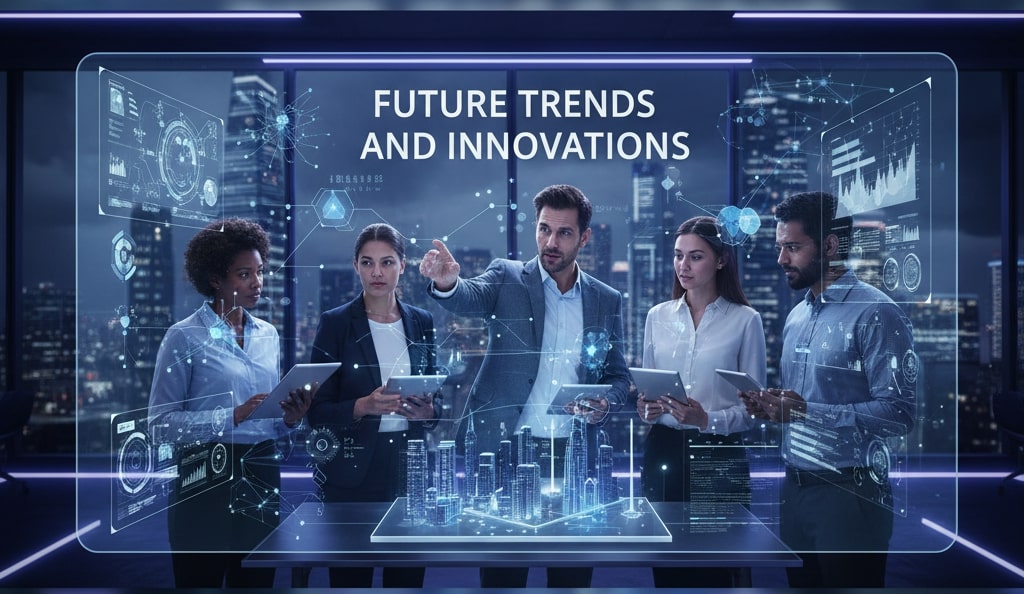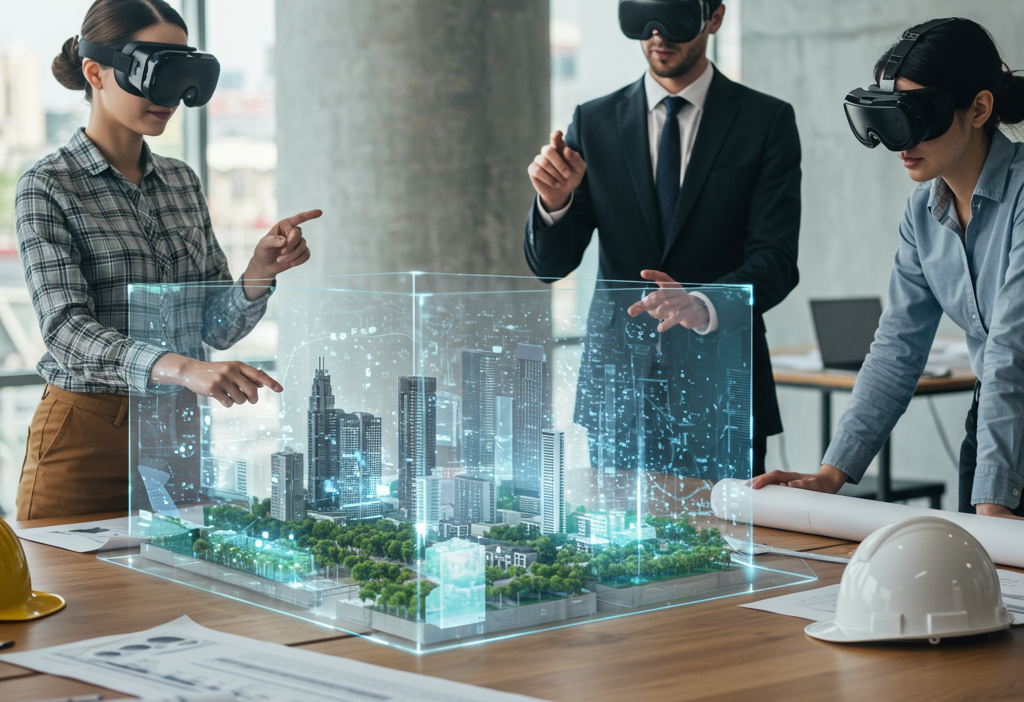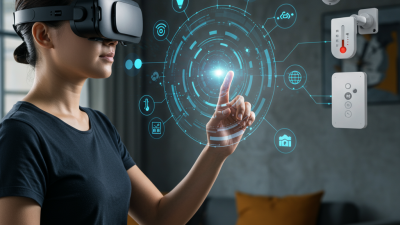Augmented reality (AR) is rapidly reshaping how we envision and construct our cities. By overlaying digital information onto the physical environment, AR enables urban planners, architects, and stakeholders to visualize proposed developments in real time, improving communication and decision-making. In an era where cities face growing populations, climate challenges, and evolving transportation needs, AR offers a powerful toolkit for designing more efficient, sustainable, and inclusive urban landscapes.
Enhancing Visualization and Collaboration

One of the primary benefits of AR in urban planning is its ability to bring 2D blueprints and 3D models into the real world. Stakeholders can walk through proposed streetscapes and public spaces wearing AR glasses or using mobile devices, gaining a lifelike sense of scale, materials, and context. This immersive approach bridges the gap between technical drawings and lived experience, facilitating clearer feedback from community members, city officials, and investors. Real-time annotations allow teams to mark up designs collaboratively, reducing errors and streamlining approval processes.
Real-Time Simulation of Traffic and Environment
Beyond static renderings, AR can simulate dynamic elements such as traffic flow, pedestrian movement, and environmental conditions. By integrating real-time data feeds from sensors and traffic management systems, planners can visualize peak congestion points, test new bike lane configurations, or evaluate how a new high-rise might cast shadows on public parks. These simulations aid in proactive problem solving, helping cities mitigate traffic bottlenecks, improve safety, and optimize public transit routes before any ground is broken.
Engaging Communities Through Interactive Planning
Meaningful public engagement is essential for successful urban development, yet traditional town halls often fail to convey complex design proposals. AR transforms community meetings into interactive experiences: residents can use tablets or their own smartphones to view proposed playgrounds, plazas, or housing projects superimposed onto their neighborhood streets. This tangible interaction fosters a sense of ownership and transparency, encouraging broader participation and reducing the risk of costly redesigns due to overlooked community concerns.
Integrating Data: IoT, GIS, and Beyond
Smart cities rely on vast networks of sensors, GIS databases, and Internet of Things (IoT) devices to monitor everything from air quality to energy use. AR acts as a unifying interface, visualizing these data streams directly on the urban canvas. For instance, a planner might point an AR-enabled tablet at a building facade to see real-time energy consumption metrics, or survey a street to identify sub-surface utility lines before excavation. By merging spatial analytics with immersive overlays, AR enhances situational awareness and fosters data-driven decision-making at every stage of the planning lifecycle.
Challenges and Considerations
While the potential of AR in urban planning is immense, several challenges must be addressed. High-resolution 3D mapping and accurate geolocation require robust hardware and connectivity, which can be costly to deploy citywide. Data privacy and security are paramount when integrating citizen-generated feedback and sensor networks. Additionally, urban planners must navigate regulatory frameworks and accessibility standards to ensure AR tools serve all community members equitably. Overcoming these hurdles will demand close collaboration between technology providers, municipal governments, and civil society.
Future Trends and Innovations

The next wave of AR development promises even deeper integration with artificial intelligence and edge computing. Vision-based machine learning models will automatically detect structural issues or compliance violations during site inspections, overlaying corrective guidance in real time. Haptic feedback gloves could allow users to feel textures of proposed materials, while brain-computer interfaces may one day enable gesture-free control of urban simulations. As 5G and low-Earth-orbit satellite networks expand, AR experiences will become more seamless, scalable, and accessible to smaller municipalities worldwide.
Best Practices for Municipal Implementation
Cities looking to adopt AR should begin with pilot projects focused on high-impact areas such as public transit hubs or major redevelopment sites. Establishing open data standards and interoperable platforms ensures that AR applications can integrate with existing GIS and asset management systems. Training programs for planners, engineers, and community leaders will accelerate adoption and demonstrate tangible ROI. Finally, transparent dialogue with residents about data use, privacy safeguards, and project goals will build trust and unlock the full potential of AR for urban transformation.
Conclusion
Augmented reality is more than a futuristic gimmick—it is a transformative force in urban planning and smart city development. By enhancing visualization, enabling real-time simulations, and fostering inclusive community engagement, AR helps cities design with precision, efficiency, and empathy. As technology matures and integration deepens, municipal leaders who embrace AR will be better equipped to tackle the complex challenges of rapid urbanization, climate resilience, and social equity, building the sustainable, vibrant cities of tomorrow.





